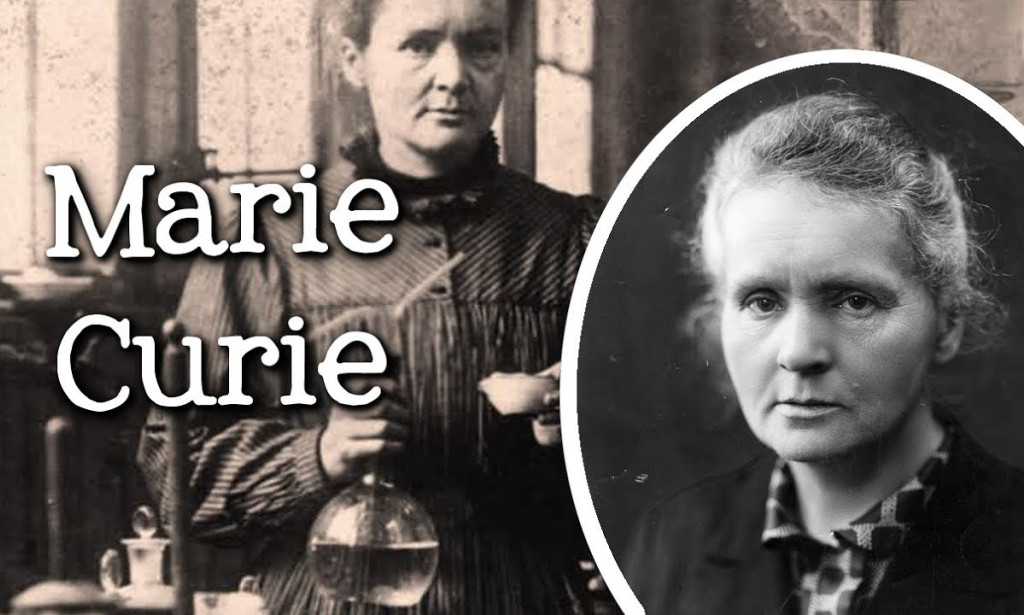Marie Curie etched her name into the annals of scientific history, becoming the first woman to win a Nobel Prize and the first person ever to be honored with the prestigious award twice in two different fields. Despite facing personal tragedies, gender barriers, and immense hardships, Curie's groundbreaking work in radioactivity went on to save an estimated one million lives, yet paradoxically led to her own untimely demise.

Born into poverty in Russian-occupied Poland, Marie's perseverance and dedication to education fueled her unwavering pursuit of knowledge. Working tirelessly as a governess and tutor, she studied fervently in her spare time, overcoming financial difficulties and a lack of formal education to earn degrees in physics and mathematics.
It was Marie's partnership with Pierre Curie, both in life and science, that catalyzed her groundbreaking discoveries. Their joint research in magnetism blossomed into a lifelong collaboration, culminating in their marriage and an unbreakable bond over their shared passion for scientific exploration. Driven by an insatiable curiosity and determination to pursue a career in science, Marie Curie earned a Doctor of Science degree from the prestigious Sorbonne University in 1903.

This achievement paved the way for her most significant breakthroughs. Observing that the mineral pitchblende was more radioactive than uranium, Marie Curie embarked on a painstaking journey to isolate the source of this mysterious energy. Despite the unglamorous conditions – a leaky, drafty shack near Pierre's workspace – her unwavering dedication led to the groundbreaking discoveries of the radioactive elements polonium and radium.
After the tragic death of her beloved husband Pierre in 1906, Marie Curie faced immense personal and professional challenges. As radium's widespread use and popularity skyrocketed in the 1920s, she found herself embroiled in controversy and criticism from the French press over an affair, sinking into a deep depression. However, her resilience and the support of fellow scientific luminaries like Albert Einstein helped her persevere, ultimately leading her to accept her second Nobel Prize and make significant contributions to the war effort.

Yet, Marie Curie's selfless humanitarian efforts came at a heavy price. Overseeing 200 radiological rooms in field hospitals during World War I, she played a pivotal role in saving the lives of an estimated one million men. However, her relentless work and prolonged exposure to X-rays took a devastating toll on her health, leading to her untimely death from aplastic anemia in 1934, despite her lack of official recognition and increasing fame abroad.
In a poignant final tribute, Marie Curie became the first woman to be honored with a burial in the Panthéon for her scientific merits. Her remains, still dangerously radioactive, required a lead-lined coffin and protective gear to handle her papers – a sobering reminder of the profound impact and tragic consequences of her groundbreaking discoveries.
:format(jpeg)/cloudfront-us-east-1.images.arcpublishing.com/elespectador/5I5QJLMKZVCZJNNRG6SLCSL5IA.jpg)
Marie Curie's tireless work ethic, unwavering perseverance, and impressive scientific accomplishments cemented her legacy as one of the greatest scientists of all time, a trailblazing pioneer who shattered glass ceilings and paved the way for generations of women in STEM fields.


You must be logged in to post a comment.